Computers and community at HTML Day 2025
The event, held across more than 40 cities worldwide, drew attendance from HTML beginners and experts alike.
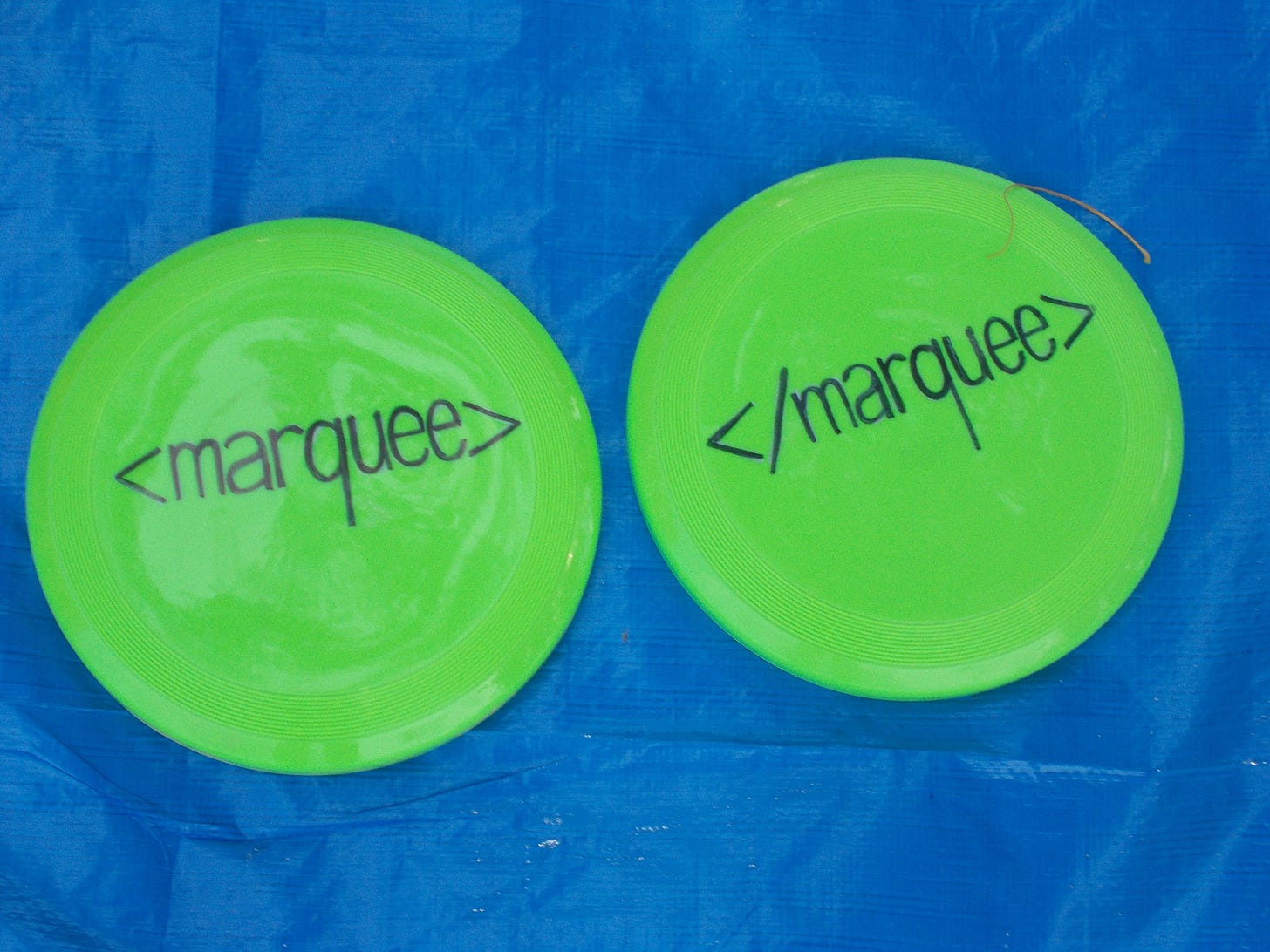
On a warm summer evening in Louis Valentino Jr. Park in Red Hook, Brooklyn, people ate miniature key lime pies and popcorn while typing on laptops, writing in notebooks, and talking among themselves.
It was a scene mirrored across dozens of cities worldwide for the third annual HTML Day on Aug. 2, where people of different industries, experience levels, and ages came together to write HTML.
The day is an initiative of HTML Energy, started by Laurel Schwulst and Elliott Cost in 2019. In addition to New York City, HTML Day freewrites were held in locations including Los Angeles; Detroit; San Francisco; Boston; Copenhagen, Denmark; Tokyo, Japan; Seoul, South Korea; Shanghai, China; and Helsinki, Finland. Each regional event was organized by one or more hosts, who created their own HTML websites with details on timing, location, and what to bring.
The New York City event website was designed to reflect that it took place during sunset hours, 6 to 8 p.m., Ashley Sun, one of the three organizers, told me. Aside from creating the site and bringing materials, including a tarp, snacks, and printed copies of “The HTML Cookbook” zine from last year’s Toronto freewrite, much of the event came together organically, Sun said. Other attendees brought green tape to tag items and passed around an exquisite-corpse paper, to which each of us added a line of HTML.
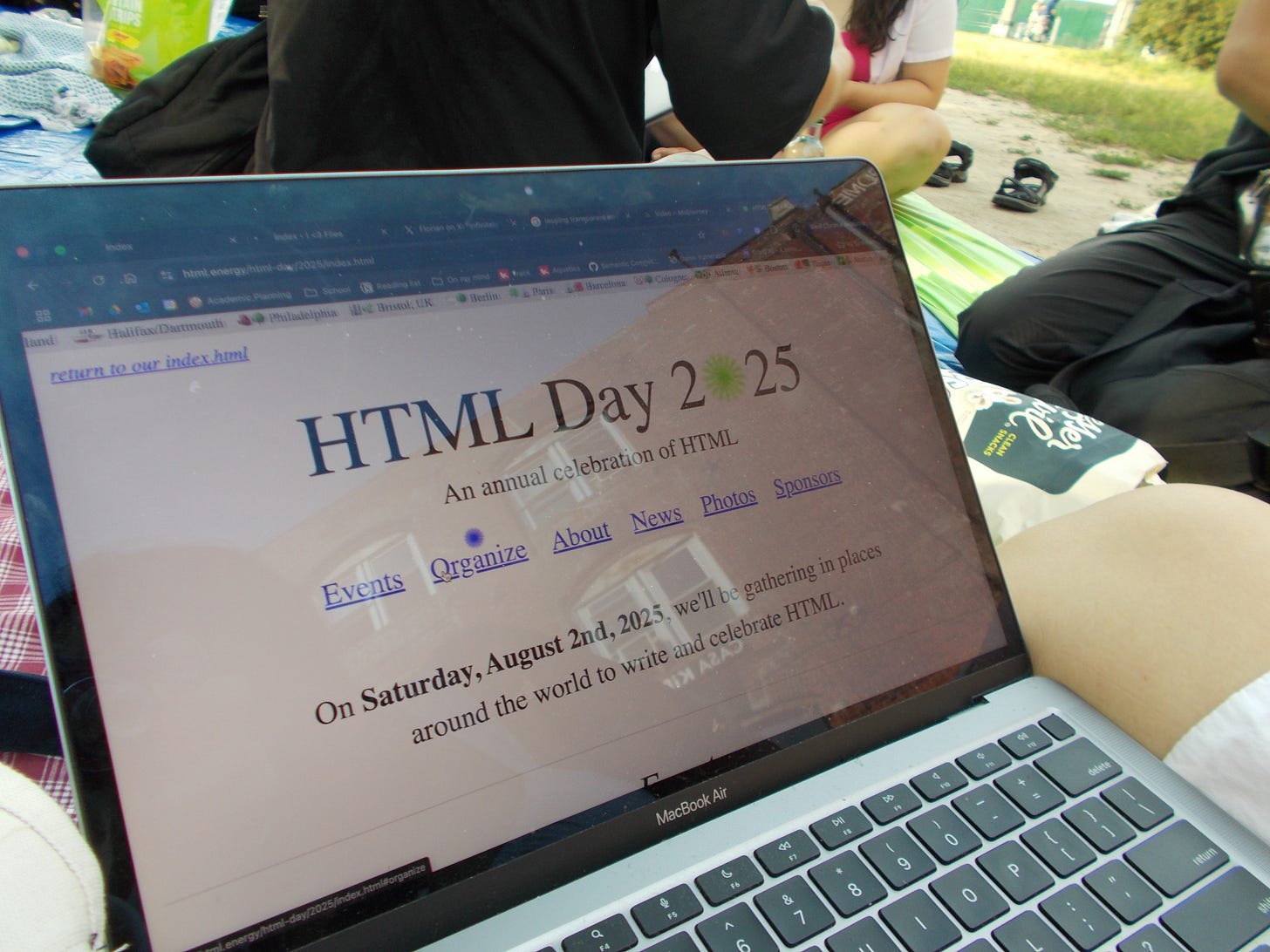
For the Los Angeles event, organizer Emily D’Achiardi made zines with introductory information and resources about HTML and encouraged attendees to bring friends, a journal, and a computer.
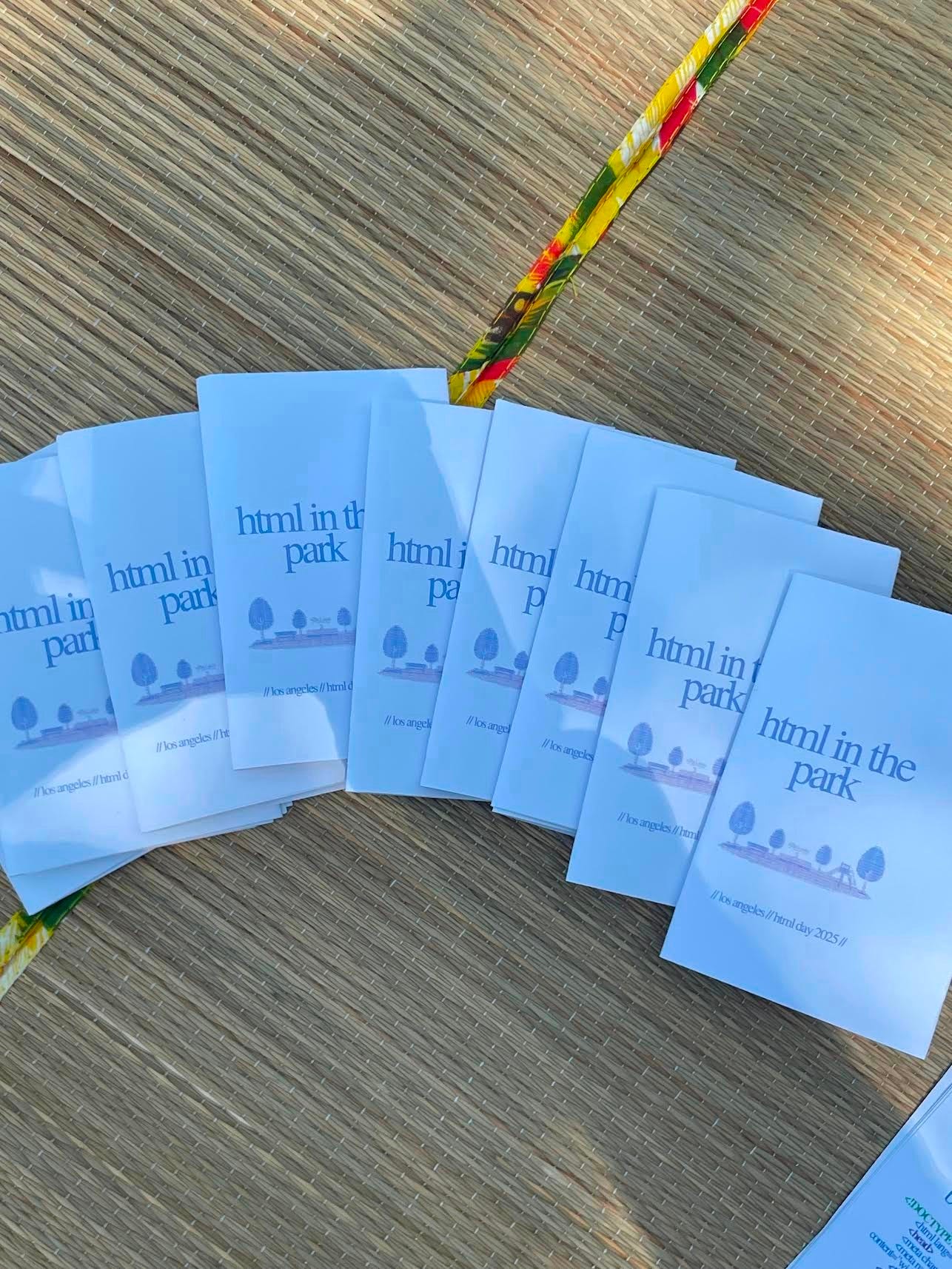
“We printed out these receipts, and then with the receipts, we would all have our own individual HTML tags,” she said. “We made it into this huge branch, and we hung it on one of the trees in the park that we were at, which is very sweet.”
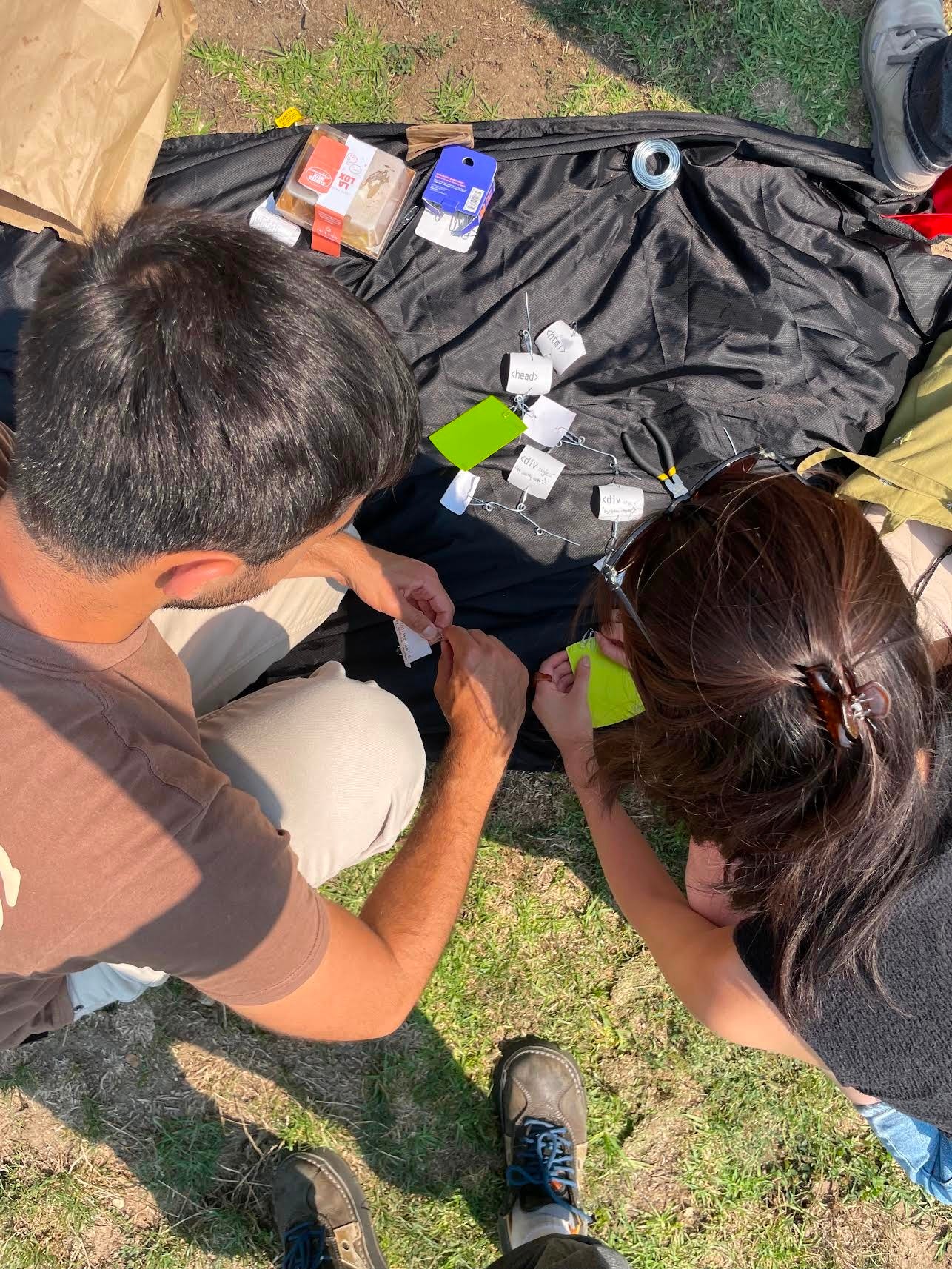
Like D’Achiardi, Gabriel Chartier, who organized the Austin event, also created a zine with information about HTML, emphasizing accessibility. Most attendees were high school students who had found the Austin event through a link to HTML Day on Neocities.
“I wanted to make sure that it was completely open to all ages, all experience levels,” Chartier said. “You don’t even need to know what HTML is to show up and have a good time and learn something and meet people and have fun … and experience the web in a new way, maybe.”
At the Atlanta event, organized by Nobel Yoo, about half the attendees were around 35 and older. The other half were either in college or had recently graduated.
Yoo attributed the day’s popularity among younger people to a desire for a different kind of internet experience in the era of Instagram and TikTok, adding that it was cool to see how older trends have survived.
“Me and some of the older people were reminiscing about some of these older meme websites. I think Zombo.com came up,” Yoo said. “And a lot of the younger kids also know about these kind of niche websites, these single-purpose websites that were jokes that we thought were so funny when we were kids … So I think that’s cool that somehow that cultural transfer is continuing to happen.”
At the Los Angeles event, attendees included academics, people in the tech industry, web designers, industrial designers, and DJs, D’Achiardi said. Many were interested in the indie web and handmade web aspects of HTML Day.
Like Yoo, D’Achiardi also attributed HTML Day’s popularity in part to fatigue with the current internet landscape, where social media platforms like Instagram encourage performance and consumption over creativity.
Zachary Kai, who organized a virtual HTML Day event, asked participants to have some experience because of the one-hour time frame and number of RSVPs. He noted, however, that because of the language’s accessibility, many participants had only started learning it this year.
Kai highlighted the “whimsy” and “pure delight” common to what people worked on. “Folks made pages dedicated to their favorite things, others made animations and games,” he said in an email. “It shows HTML is for fun and art as much as it is for practicality and purveying information.”
Across locations, attendees worked on personal websites, recipes, 3D models, scrapbooks, lists, zines, and maps, many of which are collected on an Are.na board.
HTML Day has evolved since Schwulst and Cost started HTML Energy six years ago. The freewrites began sporadically, hosting friends in an apartment or park. This year, the third time HTML Day was held, solidified it as a recurring annual event, Cost said.
This year, HTML Day had sponsors, which enabled support for organizers in different cities with “a little bit of budget” to make screen-printed shirts or stickers, Cost said, adding that many also made or designed their own.
“I really love that it’s kind of this underground and grassroots movement, and the people that are part of it or the people that attend it really make HTML Energy their own thing,” he said.
Enthusiasm for HTML Day has grown year after year, especially recently as people look for alternatives to current social media platforms and are more open to experimentation, Cost added.
He also hopes HTML Energy can continue as an educational initiative. “I feel like HTML Energy could really be this focused movement on web literacy in terms of how to create a website, how to host a website, how to express yourself online in a way that feels right to you,” he said.
Cost also noted the value of making physical things about the internet, saying they can serve as a different entry point to the handmade and indie web, rather than through algorithms.
With Kristoffer Tjalve, Cost also created the Internet Phone Book, “an annual publication for exploring the vast poetic web, featuring essays, musings and a directory with the personal websites of hundreds of designers, developers, writers, curators, and educators.” He described it to me as “like a yellow pages of websites.”
Chartier similarly spoke to the importance of teaching the web as a tool and how it can be used to build an alternative future.
“[Web literacy] it’s really for me about helping people gain autonomy and empowerment and liberation from these extractive, colonialist forces at play,” Chartier said. “It’s such a powerful medium to disseminate and distribute information. And I don’t think we’ve really discovered as a species how to actually realize that potential.”
As HTML Energy continues, Cost hopes to also incorporate people not necessarily coming from art or tech backgrounds, as well as explore the future of web publishing.
“I think with Glitch going away, there’s an opportunity for something new to emerge out of that … what would be the kind of ideal way of making a website these days, like in publishing, like in just a simple HTML page?” he said.
Cost also hopes to continue having conversations with people using HTML as a medium, he said. A second season of the HTML Energy podcast is upcoming.
Many organizers across locations spoke to the value of building community offline.
“There is this community that you can build when you kind of find yourself in this niche little internet site. Like you can make a web ring, and then it’s all of your friends that kind of pop up,” D’Achiardi said. “But then you meet all these random people on the internet, and then you meet up with them in person, and then you’re like best friends with them.”



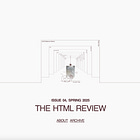
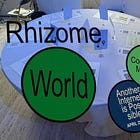
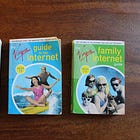
Thanks for the interview and for including me in your excellent piece! Long live HTML Day :) ✳️ 🌱 🌐